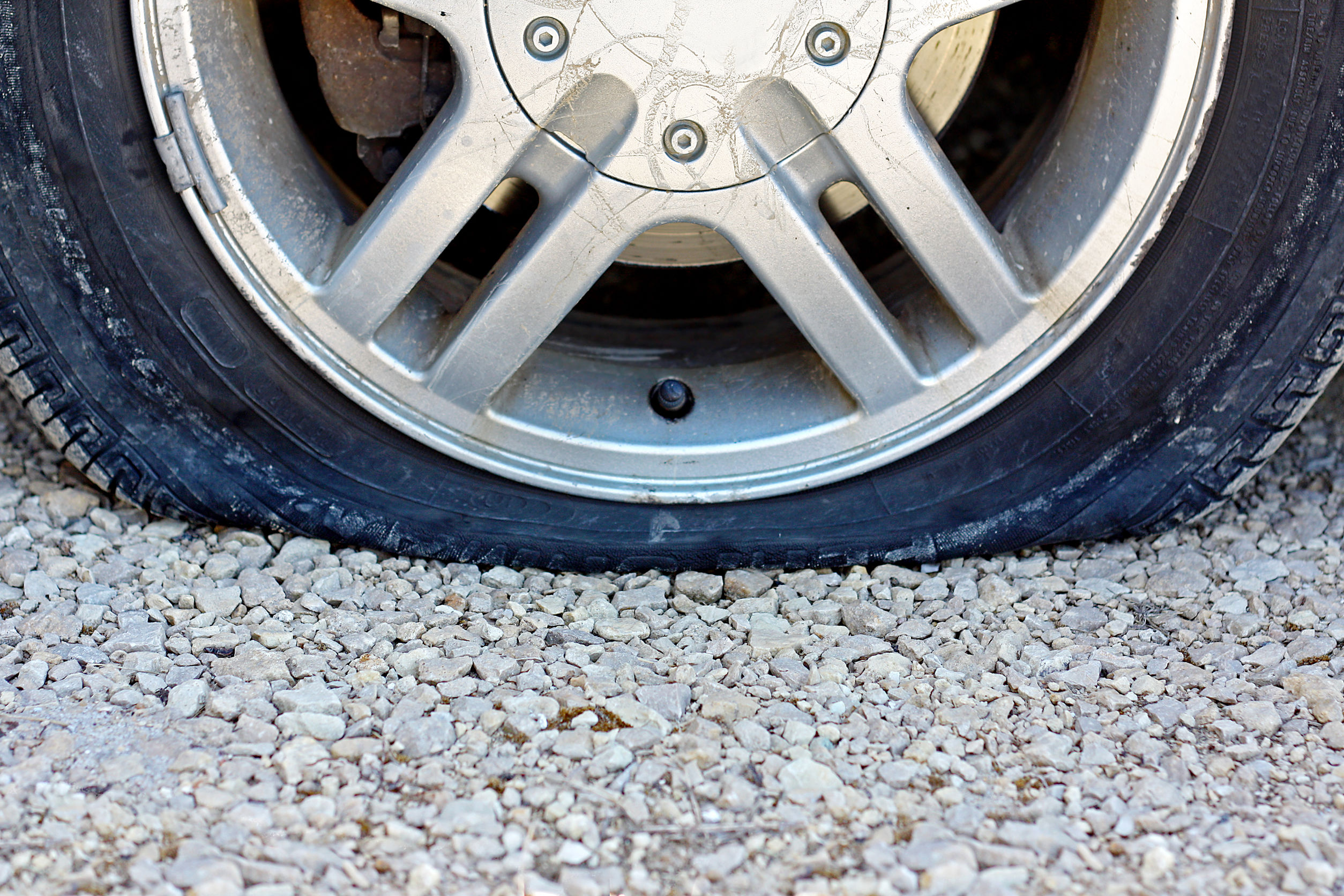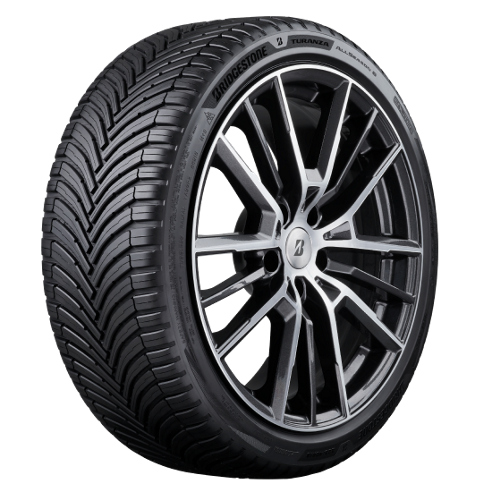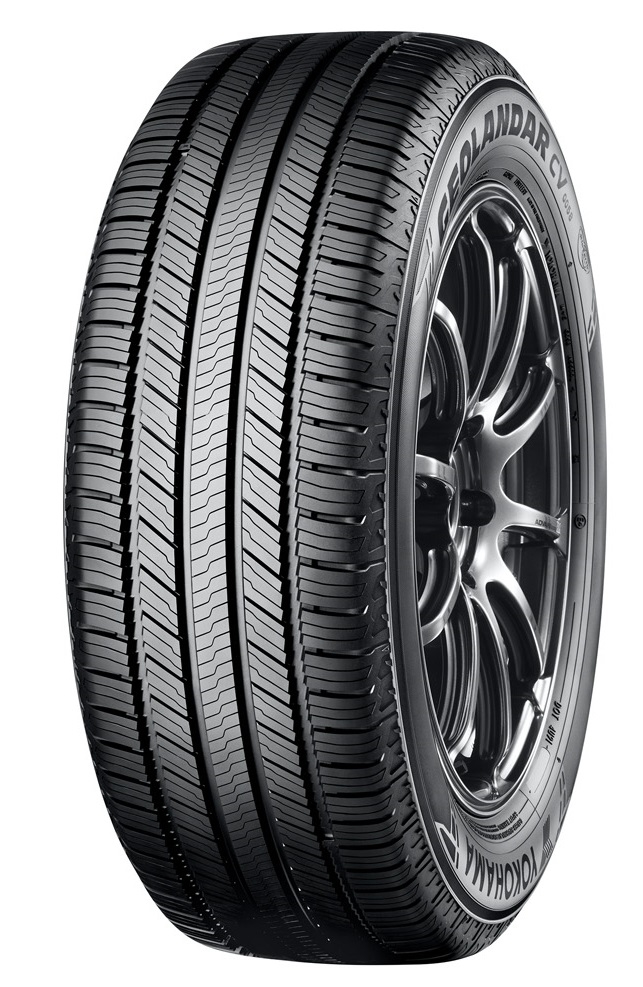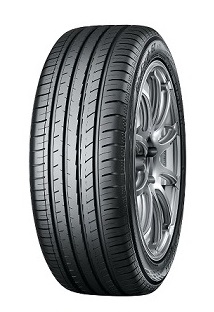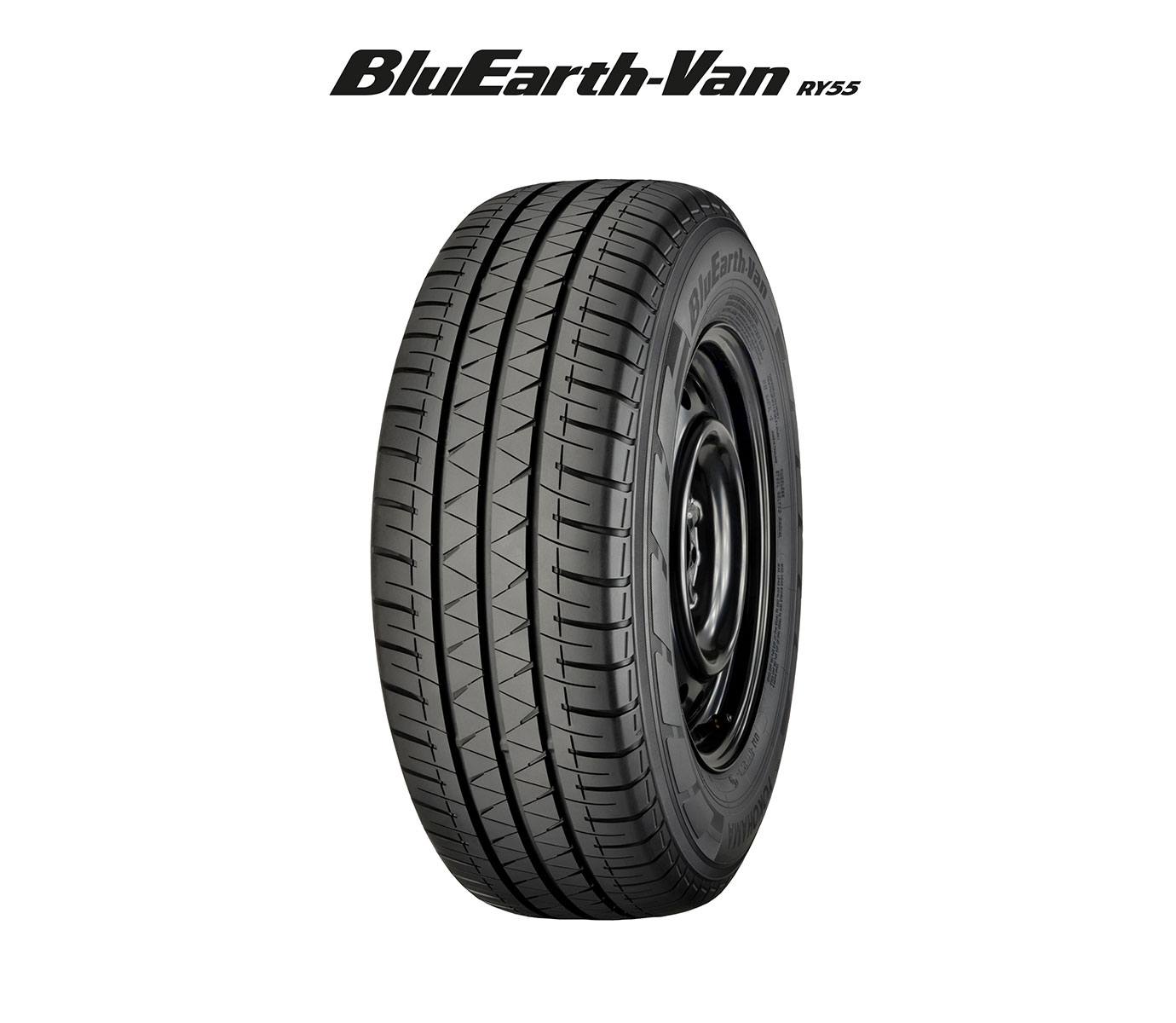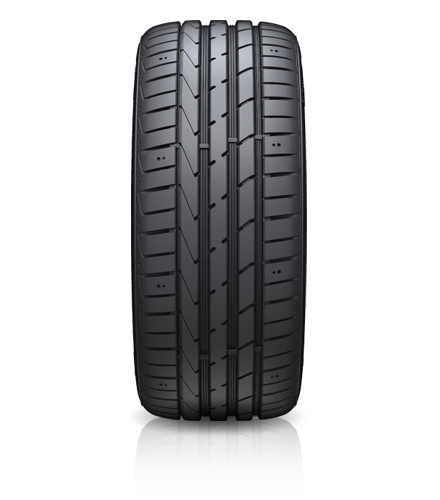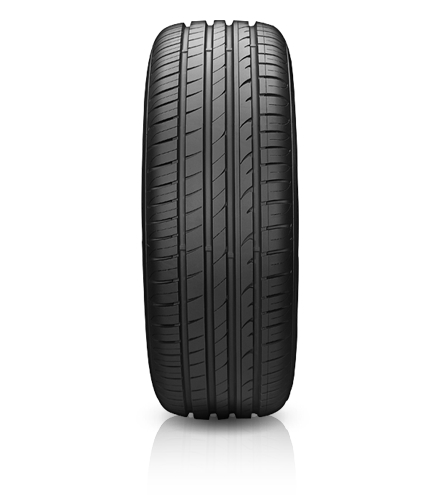Another firm has explained the importance of checking your tyres before driving in relaxed COVID-19 restrictions. Road safety and breakdown organisation GEM Motoring Assist urges drivers to make checks before getting out on the road. This is because tyres can be affected by the conditions in which they are kept while layed up.
GEM explains that cars unused for several weeks need pressure checks on all tyres (including the spare). Drivers must also ensure that there are no cracked sidewalls or other damage caused by long periods without use. The company has provided short videos to help drivers identify dangers in their tyres. The videos also emphasise how quick and simple a tyre check can be.
GEM road safety officer Neil Worth commented: “For many people in England, the relaxing of Covid-19 restrictions offers a welcome opportunity to get out on the road again. But we just want to help keep you as safe as possible, so do please check your tyres before you go anywhere.
“Correctly inflated tyres with good levels of tread allow all the other safety systems on a car to work at their most effective – vital in an emergency situation. On the other hand, inadequate tread or incorrect pressure mean the safety systems on your vehicle simply will not work as efficiently.
“Carrying out the checks is a simple process that doesn’t take long – but could make all the difference to your safety.”
GEM’s tyre warnings
- There are heavy penalties for drivers using worn or defective tyres on their cars. Each bald or defective tyre carries a fine of up to £2,500 and three penalty points.
- Under-inflated tyres reduce your vehicle’s ability to grip the road, and also compromise handling. This can result in unpredictable vehicle behaviour, and increases the risk of a tyre blowout, where sudden rapid deflation occurs.
- Over-inflated tyres have a smaller contact area with the road, leading to increased stopping distance and reduced grip. There’s likely to be a lot more wear across the central part of the tyre, leading to a shorter lifespan.

